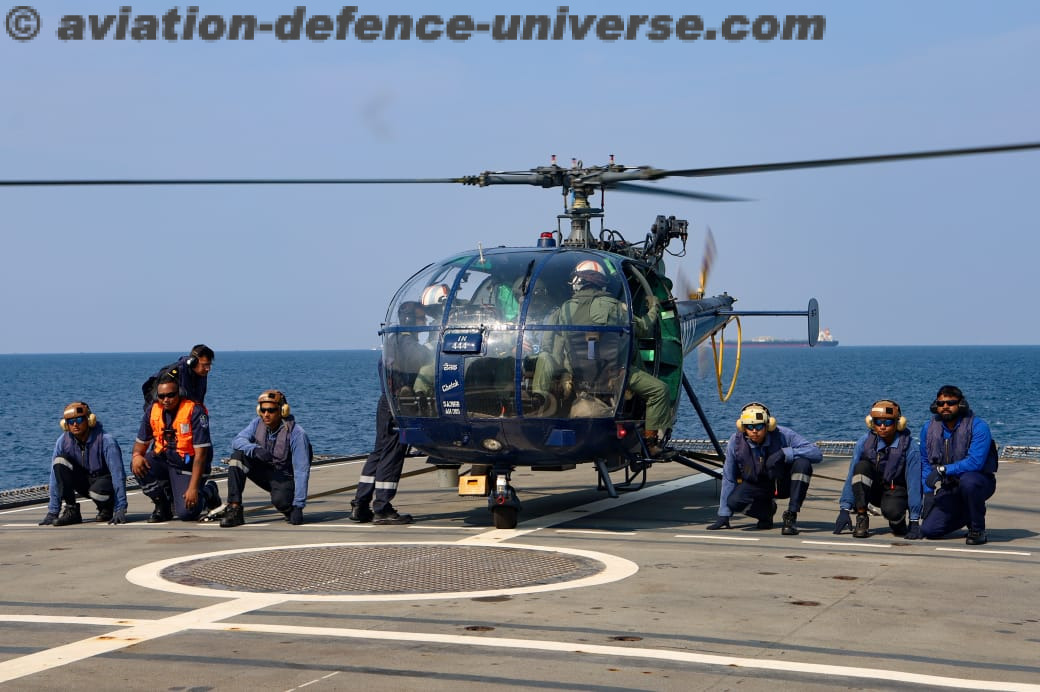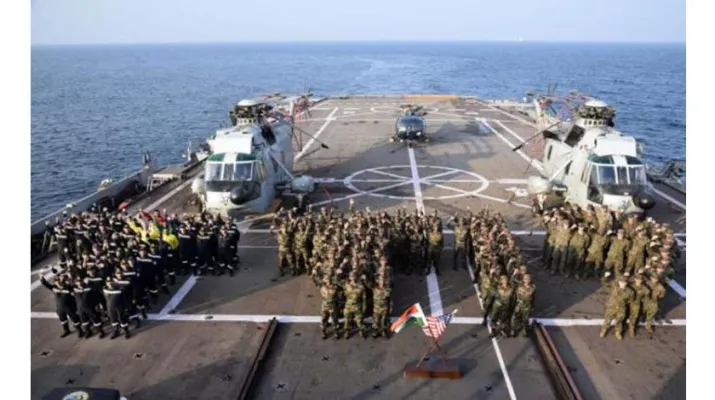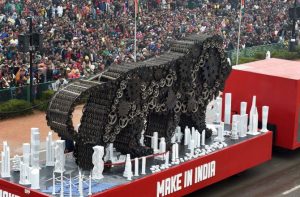
- Army’s Air Defence Corps matches steps with Make in India
By Lt. General VK Saxena (Retd.)
New Delhi. 10 January 2021. We are passing through exciting times. A never-before, flavour of ‘self-reliance’ is palpable in the air. The music of ‘vocal-for-local’ has moved forward of radio-jingles into the realm of a fast-emerging reality. The clarion call for atma-nirbharta sounds more than just an empty slogan….things are beginning to change.
The abiding mood of the nation as briefly stated above is also getting duly translated in the Defence and Aerospace sector of the country. It is embracing all stake-holders, be it Govt ( MoD), Services as users or the Public and the private sector industries as providers.
Some indicators:-
- Spaced out by less than two months, the Govt has taken out two base reference policy documents, that not only, contain many an enabling provisions, but also, set out the overall frame work and a way ahead for the development of Defence and aerospace sector in the country in times to come.
- The twin documents mentioned above are the Draft Defence Production and Export Promotion Policy (DPEP 2020) released on 03 Aug 2020 , and the Defence Acquisition Procedure (DAP) 2020 released on 28 Sep 2020.
- DPEPP has set up set up an ambitious and a challenging target of achieving an overall defence manufacturing turnover of Rs 1 Lakh 75 thousand Crs and an export target of Rs 35 thousand Crs in Defence and Aerospace sector by 2025.
- To achieve the above goal, DPEPP has identified eight thrust areas. For each of these areas, it has laid out strategies which will foster a focused, structured and a significant thrust in achieving the targets as set out therein.
- Some of these thrust areas include carrying out procurement reforms, pushing forward indigenization efforts and supporting the Micro Small and Medium Enterprises (MSMEs), encouraging innovation and R&D, optimizing resource allocation for domestic procurement, enhancing foreign direct investment (FDI), further improving ease of doing business (EoDB), corporatization of Ordnance Factory Board (OFB), disinvestment drives for Defense Public Sector Undertakings (DPSUs), improving quality assurance (QA) and enhancing export promotion etc .
- DAP on the other had has tried to strengthen the hands of the domestic defence industry to claim a lion’s share in all procurements by the Services in tims to come.
- Aspects like negative import list, pushing the limit of FDI to 74% on the automatic route, cutting out bad managerial practices in the procurement chain by setting up bodies such as Project Management Unit (PMU) and Technology Assessment Cell etc, ensuring do-ability in the SQRs, simplifying the trials regime – the Achilles heel of many procurement blues, cutting out stages of processing, discussions, comments and approvals, multiple protections ( read opportunities) to Indian vendors, particularly the MSMEs ( IDDM. Make 2, iDEX etc.), encouraging innovation and connecting it to procurement channel…The list can go on.
- More importantly, all the above is getting the right political push and approval as a national drive for Make-in-India. This which makes the entire environment very enabling. The PM his top down approach has been driving issues like corporatisation of OFB, streamlining procurement procedures, focussed resource allocation, encouraging R&D, boosting exports, disinvestments of PSUs, setting up of defence corridors etc.
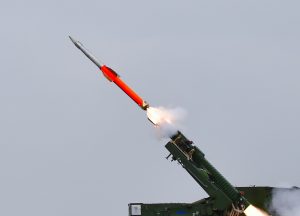
The cumulative effect of all the above has been that the domestic defence industry is gaining strength and muscle by the day. With nomination having become a history, the Public sector is becoming alive to open competition based on merit. The Private sector firms are leading and winning global tenders both in India and abroad.
Some examples:
- Way back in 2016, M/s M/s BAE Systems signed a contract with Mahindra Defence at a cost of Rs 5060 Crs reposing faith in the Indian vendor for the assembly, integration and testing of its world-famous howitzer M 777.
- The first indigenous PPP project is in progress for 150 ATAGS at a cost of 3364.78 Crs.
- Larsen and Toubro (L&T) in Apr 2020 won a large contract (2500-5000 Crs) for establishing a comprehensive unified Network Management System for the Indian Army.
- Tata Power SED, leading a global tender has won a 1200 Cr contract to supply 23 three dimensional (3D) surveillance radars to Indian Navy.
While the above list can go what it says loud and clear is that the Indian Defence Industry has arrived and has now got the political, as well as, the technological muscle to realise the dream of Atmanirbharta.
Two Ends
While one end of the bright story is as stated above. Sample the other end as it relates to the ground based air defence in our country.
- The inventory of Ground Based Air Defence Weapon Systems (GBADWS) is predominantly of the foreign origin (Russia – about 67%, others – 12 to 15%).
- That the above inventory suffers a very high degree of obsolescence (approx. 84%) is a reality, well known in the professional fora.
- Though many a procurement cases have had a run-time of 6-10 years or more (sic), the end-throughput has been minimal. There are very critical operational voids which are waiting to be addressed for years ( details classified – not covered).
- The crying need of the hour is to move forward of minimal weapon-centric upgrades to the next pedestal of trying to acquire the arsenal required to meet the air threat of the 21st Century. This requires a paradigm shift both of the mind of the decision-makers, as well as, weapon platforms.
It is the sense of the author, that much of what is critically required can be provided by the domestic defence industry today. This work attempts to highlight the ‘how’ of it?
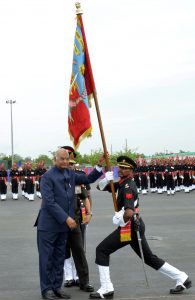
Three Anchors
The entire arsenal of ground based air defence rests on three anchors, namely sensors, shooters and battle management systems. Very basically, sensors to detect the incoming threat at longest possible ranges, shooters to subject the threat to effective fire that must shift successively and seamlessly from weapon-to weapon in near real-time and battle management systems to make it happen by executing the air defence battle in time and space.
How our domestic clout can affect each of these verticals is elaborated
The Sensor Vertical
The sensors are of multiple types; Long range radars for early warning (EW) across the borders, Tactical Control (TC) radars for auto-designation of targets to successive weapon systems in real time. Fire control (FC) radars to direct the fire of guns to the targets and Missile guidance radars for homing the missiles to their intended targets. In addition, there are EW and multi-function control (MFC) radars of the Ballistic Missile Defence ( BMD) system. Following points are stated as to the sensor vertical:It is a matter of pride to state that India is self-reliant in the conventional radar domain covering all the types of radars as mentioned above.
- Electronics and Radar Development Establishment (LRDE) of the DRDO as design agency coupled with the Bharat Electronics Ltd ( BEL) and some private sector giants such as L&T, Tatas, Mahindras, Adani and more as Production Agencies (PAs) are capable of making the conventional EW, TC, FC and Missile guidance radars, including the radars in the BMD domain.
- Our indigenous radars range from 2D to 3D and have even reached 4D. D implies the dimension/parameters of radar output. A 2D radar gives azimuth and range of target, 3D adds the altitude dimension while the 4D does time-stamping as well.
- While the above stands done, there are many other targets to be achieved in the sensor vertical. This is where the domestic industry can pitch in . Some of the target areas are enumerated:-
- The urgent requirement for the public and the private industry is venture into the field of making anti-stealth radars as stealth will be the new norm in the futuristic air threat.
- We have the legacy of HF based old vintage radars which are excellent anti-stealth machines. Not only the old gems have to kept alive as long as feasible, the technology needs to adapted in some way to produce anti-stealth radars of the future.
- Another fields to go forward are Laser based radars (LIDARS).Some work is already on ( classified). It needs to be hastened up.
- Another area in sensors waiting to be developed indigenously is passive coherent systems as emitting copious radiations in the battlefields of tomorrow will be suicidal keeping in mind the growing lethality of anti-radiation munitions. Unfortunately not much headway has been made in this field.
- Last but not the least, the domestic industry must gear up for radars capable of detecting small RCS drones. Machines featuring high-end radar techniques and capable of tracking and directing the wrath of high-firing air defence guns (3000-10,000 rpm), ( technology wise AESA, PESA, 4D, frequency agile, phased array, strong ECCM muscle in precise bands X, K , Ku. 6-15 GHZ etc. -not explained further).
- Another opportunity for the private sector to make it big in the field of Electro-optical devices tailor made for drone detection. DRDO is already on the road to realise this. Bright minds in the open source are required to sky-rocket to fruition.
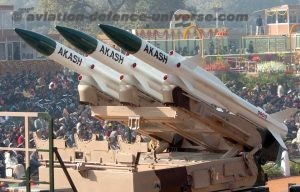
Shooters
This is where lie the major issues and hence lie major opportunities for the domestic industry to turn the tide.
- The current vows are well-known. A short recall:-As stated,the current inventory of GBADWS suffers from old vintage with obsolescence now hovering at about 84% (earlier 97 %).
- The pace of upgrades is at best sluggish and covers only a small portion of the whole.
- While the multiple cases for capital procurements have had a varied run-time from 4-15 years, nothing substantial has actually fructified. (except Akash SAM system).
- In a bid to get weapons and equipment from foreign OEMs, while a number of multi-disciplinary-task-teams (MDTTs) have gone abroad in the past decades, the success yielded is minimal. In any case these have now been swept away into history by the strong wave of self-reliance.
What lies ahead could be both a challenge, as well as, a huge opportunity. GBADWS are highly capital intensive ventures. That said while, it will be a challenge to make the finance available, it will be a windfall for the industry in getting multiple high-ticket orders. Some imperatives and action points are stated:-
- Something which is demanding a shot-in-arm really are the inventory upgrades in GBADWS. Following is required:-
- Since the successor gun is still many years away, the current upgrade of the mainframe gun which includes only certain numbers, must now cover the full inventory numbers ( specifics not covered).
- We must not reach a situation where the current weapons are rendered ‘beyond upgrade’ while the successors are still away.
- It is an irony that only one of the mainframe guns is in the upgrade cycle, for the other, either the approval arrived many years back needs to be made alive or the fresh cycle started on the Fast Track route. We are losing precious times, the inventory, once ‘over the hill’ may remain no more upgradable. (specifics not covered).
- The pace of upgrade and the thoughput year-on-year has remained under-par perpetually. Not only the concerned PSU needs to put its act together, additional private players need to be incopted, even if it involves contract amendment.
- The successor to main frame guns has eluded us for 15-20 years. There came many stages of either coming very close or going far away from the dream of realising the contract but it remained unfulfilled. The critical need of fielding a successor to our current gun force ( nearly 40%) cannot be over-emphasised. Following points are stated:-
- In the journey of nearly two decades, there came a stage once when both the OFB as well as Tata Power SED came within clinching distance of making a deal with a foreign OEM which till date fields the most sophisticated and effective towed air defence gun in the world, besides it was GSQR compliant .
- Dhanush could be realised in-house mainly because the Transfer-of –technology (ToT) documents of FH 77 were available. Similar is the case in the case of the air defence gun stated above.
- The in-house production of the indigenous gun could be on the lines of ATAGS, wherein OFB as the lead player gets duly supported by number of private sector giants.
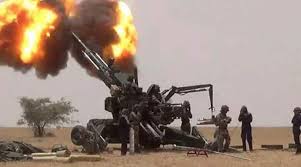
- If a similar venture (driven by the AAD Directorate ) gets going, OFB in the lead can involve all other private players that have attained knowhow of the complex air defence gun in their pursuit of buy and make ( India) case.
- Either the ongoing Buy and make (India) case gets traction, or the above approach is followed on the lines of ATAGS, the critical void needs to be filled at the earliest.
- As regards the self-propelled guns, the need to find a successor to Schilka and Tunguska weapon systems is as strong as finding the successor for the towed guns. Following points are stated:-
- The capital procurement case has had a full run resulting in the selction of K -30 Biho system from South Korea.
- The hurdles in the above case need to be removed and offset shackles addressed.
- In the emerging concept of IBGs, this is one weapon system which will be inescapably required to ward off the air threat to the mechanised forces from attack helicopters and drones operating n the tactical battle area.
- As regards SRSAM, following points are stated:-
- The success story of Akash ( albeit with time and cost overrun of two decades+) must be fully consolidated.
- Not only it must become a mainframe weapon system in the 20-40 km class, R&D must be progressed to realise Akash MRSAM ( 60-70 km range). This is very much in the realm of reality and possibility.
- As regards the SAM cover to the mechanised forces, QRSAM realised indigenously by the DRDO with BEL as he Production Agency must be operationalized without any more delay. It is the sense of the author that the operationalization of this weapon has been inordinately delayed.
- Finally the MRSAM. Following points are state:-
- While the DRDO-IAI JV on MRSAM is now about to fructify in making the system available to the Army ( after a time and cost overrun of about a decade+), there is this issue of perpetual dependence on the JV player for the continued availability of the weapon system.
- We must have our own. Akash is a success story. Akash SRSAM can be up-scaled to Akash MRSAM as stated above. It is very much in our capability. Barak alone cannot meet all our voids. Self reliance is the current flavour and he current resolve of the nation.
- Let DRDO/DLRL rise to the occasion and come up with a proposal of Akash MRSAM taking users on board. If realised, the huge capital flows to IAI for future numbers of Barak MRSAM can be diverted to the Indian industry, even if it involves the near impossible –‘contract amendment’.
Battle Management
Fortunately for our nation, the battle management system for the control of offensive air support, air defence and air space management stands fielded with indigenous effort.
The system under the overall control of the IAF is the Integrated Air Command and Control System or IACCS for short. This BMC2 system runs as one continuous thread cutting across Service boundaries. (details of linkages not covered)
That said, there are certain imperatives which must attract the attention of the decision makers. These are recounted:-
- The air defence, battle management and control lifeline engineered by the IAF as IACCS connects with similar systems of the other two Services completing the link from the apex (national level) to the weapon platforms. All hiccups in this chain which come in the way of a seamless hand-shake must be removed as a matter of operational expediency.
- The Indian vendor who has provided the IACCS (BEL) must be asked to continually upgrade the system with emerging technologies in communication, data transfer and connectivity etc.
- Adequate redundancies need to be built in the system to guard against the contingency of the failure of the mainframe communication highway configured on SATCOM.
- The strength of the IADCS will lie in the weakest link of the chain. Tri-service exercises to check the operation of the system, and more importantly, its survivability in a hostile EW environment must become a recurrent event,
Time and tide await us to fill the shades of tricolour on the canvas of Ground based air defence. It is for the decision-makers to grab the event. That it will happen is the hope of the author.
(Lt. Gen.VK Saxena (Retd.) is a Delhi-based defence analyst former Director General Army Air Defence. He is presently an Advisor to a leading Defence PSU . The views in the article are solely the author’s. He can be contacted at editor.adu@gmail.com).
































